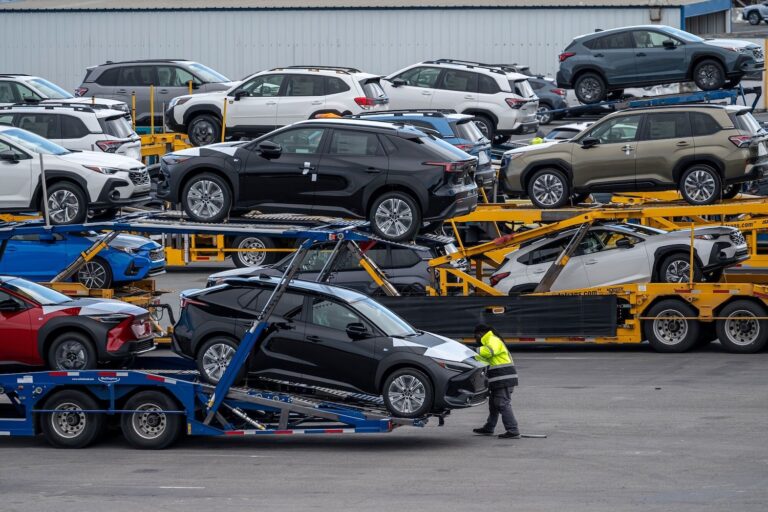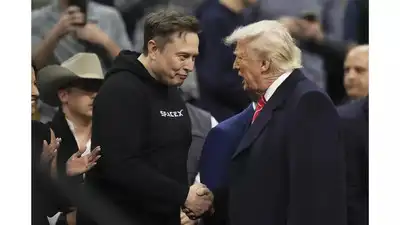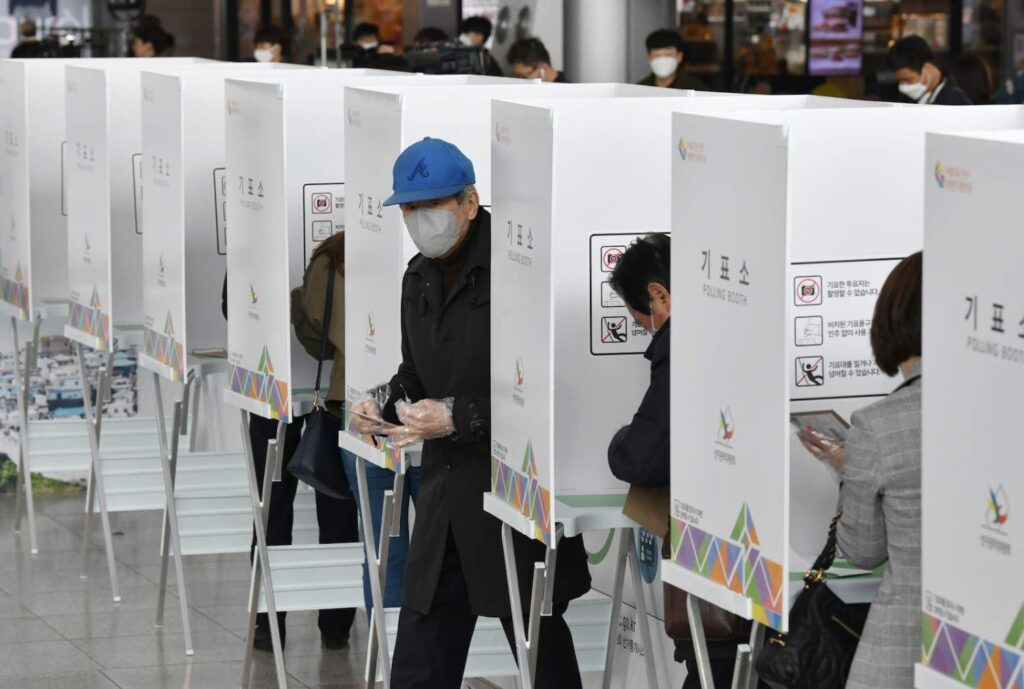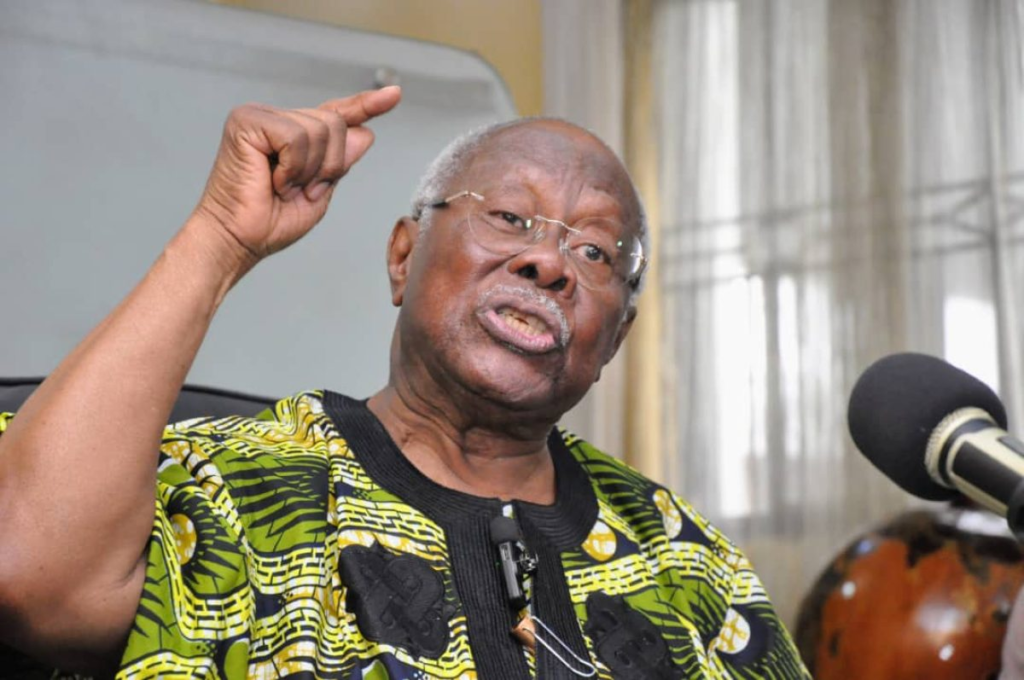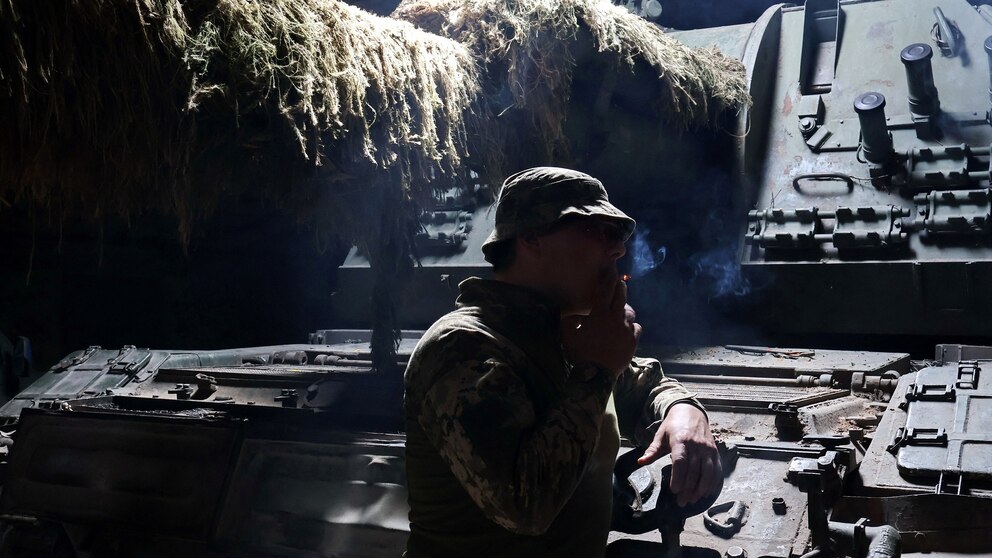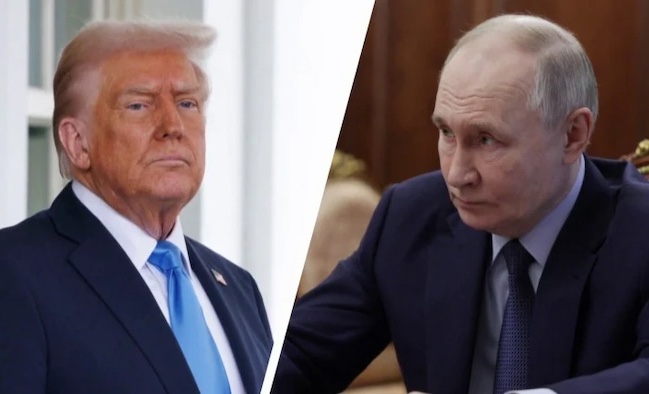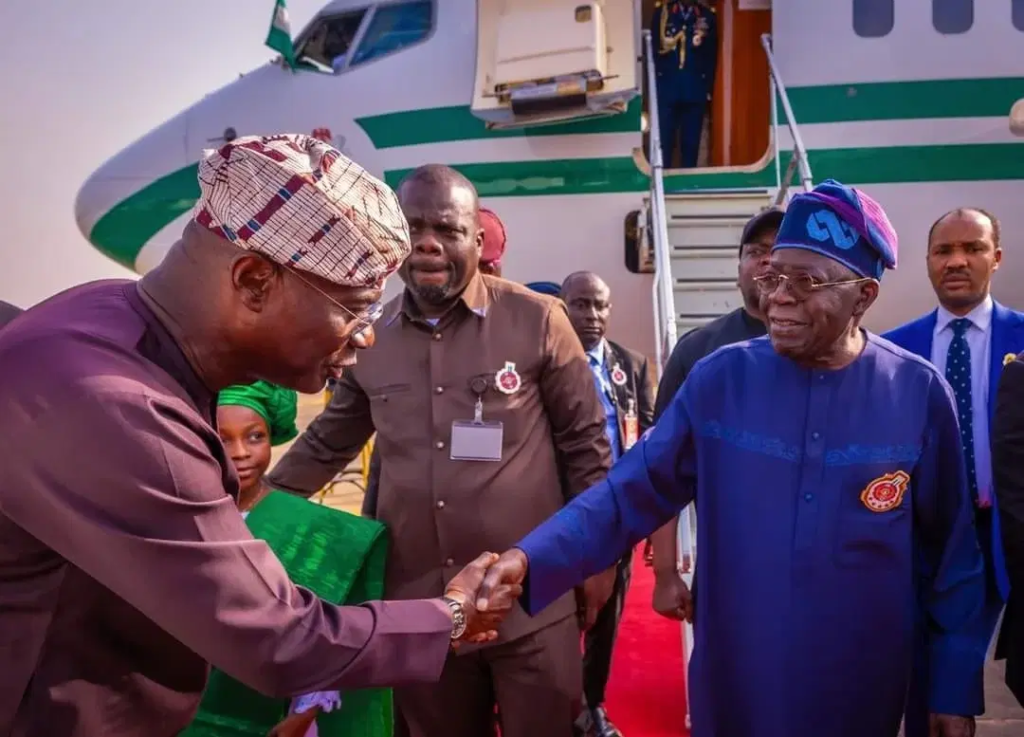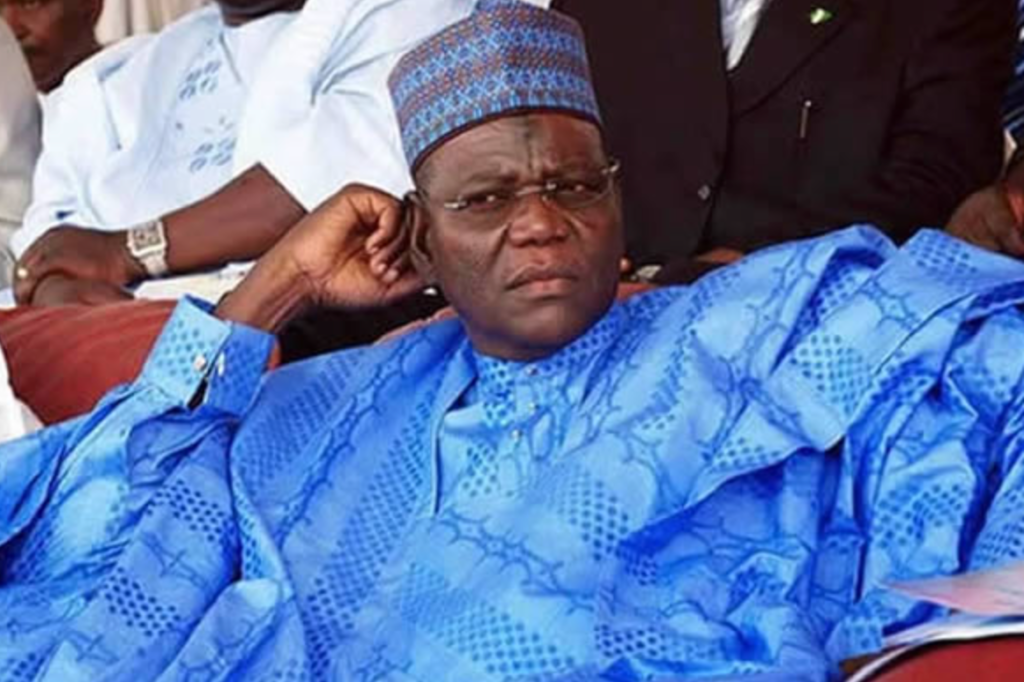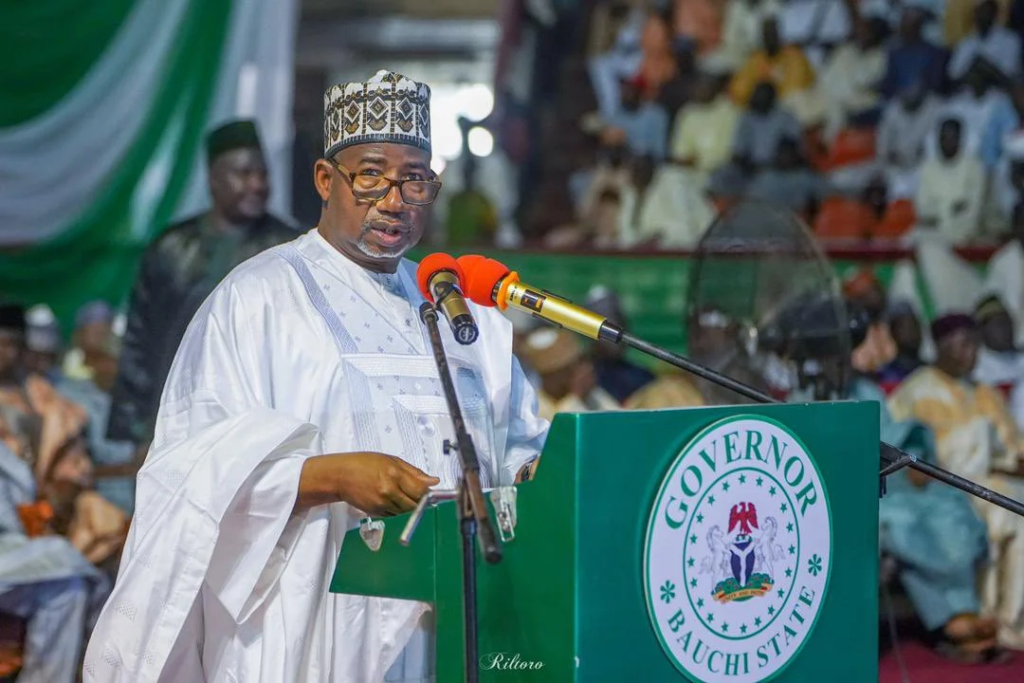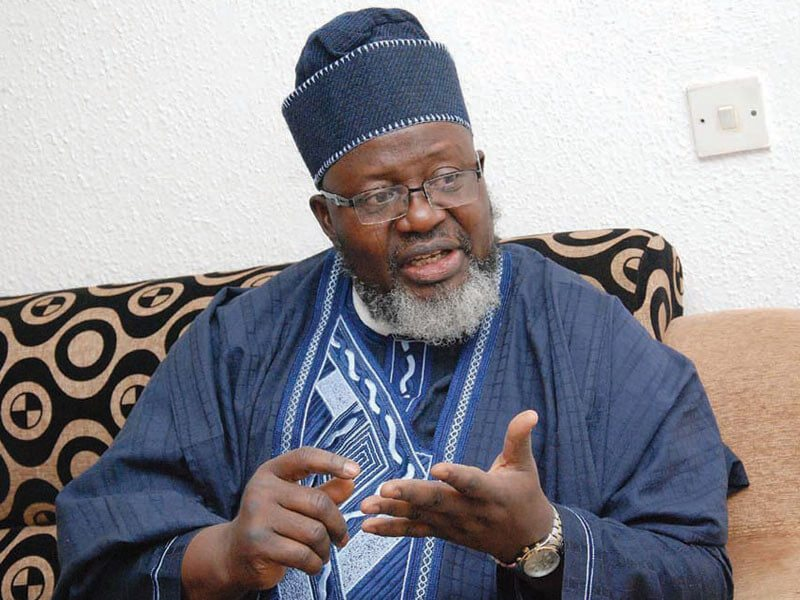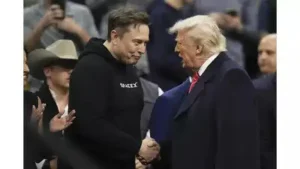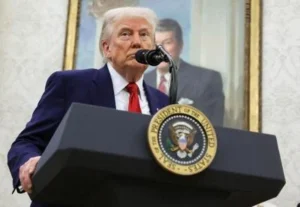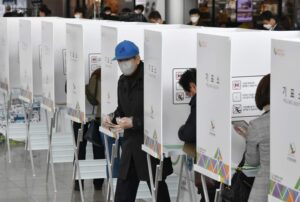A 25% import tariff on engines, transmissions, and other essential auto components officially took effect in the U.S. this week, adding fresh turmoil to an automotive industry already rattled by President Donald Trump’s evolving trade agenda.
The latest levy—part of Trump’s sweeping push to prioritize American manufacturing—comes on the heels of last month’s 25% tax on imported vehicles. While the president had previously hinted at easing some provisions in response to industry backlash, the core component tariffs remain intact.
Trump has argued that the tariffs will compel automakers to relocate production to U.S. soil, thereby strengthening domestic manufacturing. However, industry analysts and executives warn that the short-term fallout will likely include surging production costs, supply chain disruptions, and higher prices for American car buyers.
General Motors and Ford both reported strong April sales, largely driven by a pre-tariff buying spree. But GM cautioned that the new duties could cost the company up to $5 billion this year, with $2 billion linked to imports from South Korea. The company has revised its pricing outlook, now forecasting a 1% increase rather than the previously expected decline.
The uncertainty has led Stellantis—maker of Jeep, Fiat, and Chrysler—to pull its financial forecast altogether. “We remain subject to extreme uncertainties,” said CFO Doug Ostermann, pointing to the volatile trade landscape.
Imported vehicles accounted for roughly half of all U.S. car sales last year, highlighting the industry’s heavy dependence on global supply chains. Trump’s tariff rollout in March sent immediate shockwaves through the sector, raising alarms about consumer prices, manufacturing costs, and potential output cuts.
The tariff uncertainty has also cast a shadow over global investment strategies, with many manufacturers adopting a wait-and-see approach before committing to long-term capital expenditures in the U.S. market. Executives across the industry have expressed concerns that the constant shifting of trade rules and tariff rates under the Trump administration makes it nearly impossible to plan for the future.
Toyota, which imports a large share of its vehicle components from Japan and Southeast Asia, has warned that prolonged tariff exposure could force price increases across its product line. Meanwhile, Hyundai and Kia, both of which operate manufacturing plants in the southern United States, have indicated they may shift sourcing away from Asia and toward North America if no exemptions are guaranteed.
Industry groups, including the Alliance for Automotive Innovation, continue to lobby the White House and Congress for more transparency and stability. “The tariff measures are blunt instruments,” said John Bozzella, the group’s president and CEO. “What automakers need is a predictable trade environment that encourages investment—not penalises it.”
Economists warn that the downstream effects of these policies could ripple far beyond the automotive sector. With millions of U.S. jobs linked to the broader vehicle supply chain, rising input costs and production slowdowns could strain regional economies, particularly in Michigan, Ohio, and other manufacturing-heavy states.
Despite the growing concerns, Trump remains steadfast in his approach. In recent campaign rallies, he has doubled down on his “America First” rhetoric, arguing that the tariffs are a necessary sacrifice to reindustrialize the U.S. economy. “For decades we let other countries take advantage of us,” Trump said in Ohio last week. “Those days are over.”
Still, with inflationary pressures mounting and automakers tightening their belts, observers say the real test of the administration’s trade strategy may come in the next two quarters—when cost hikes begin to reach consumers and Wall Street reacts to slowing capital flows in one of America’s most vital industries.

